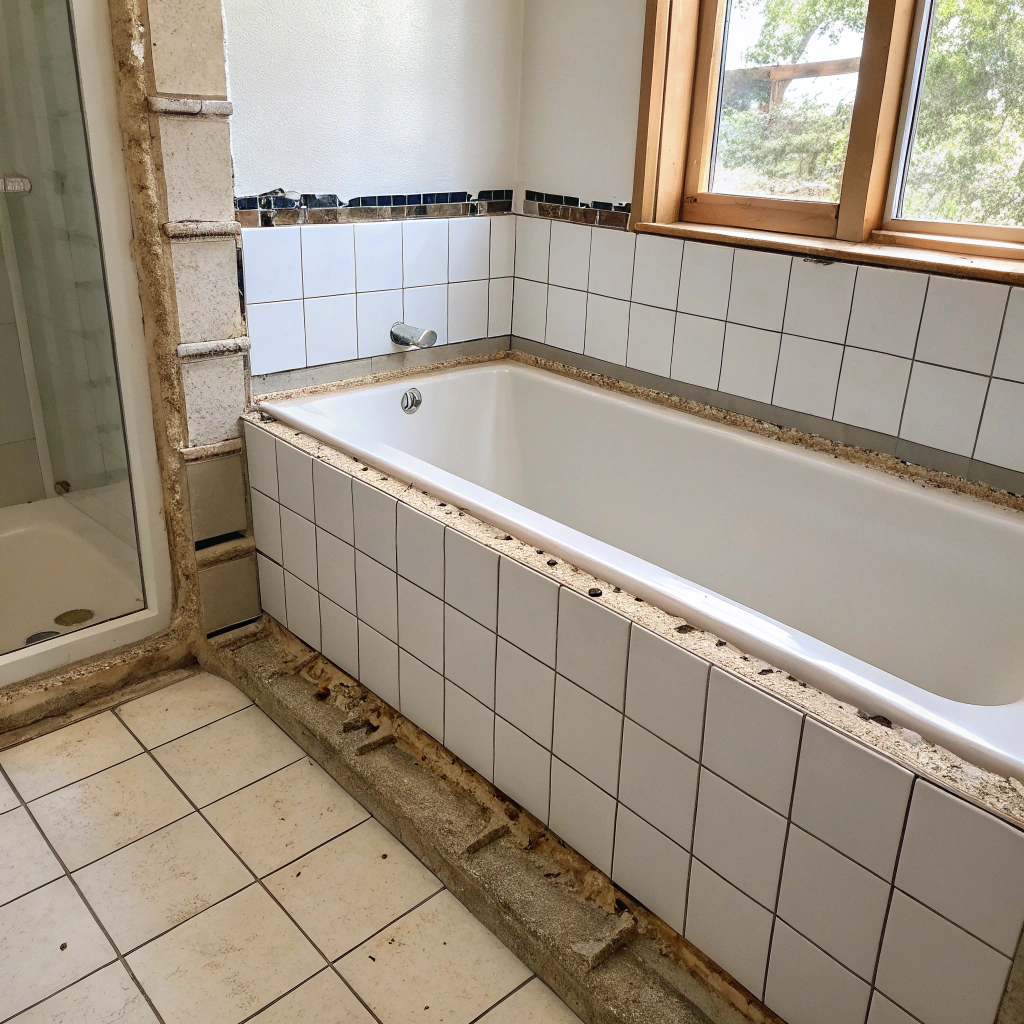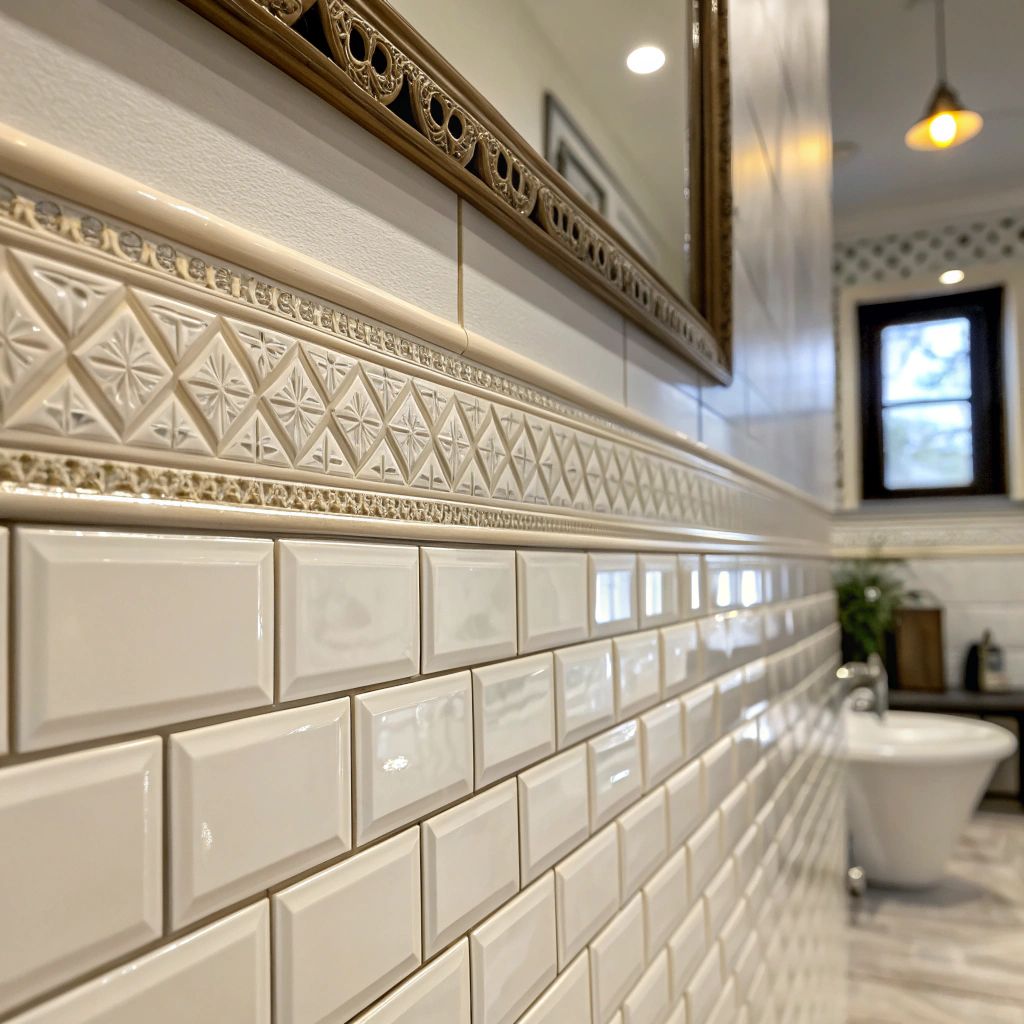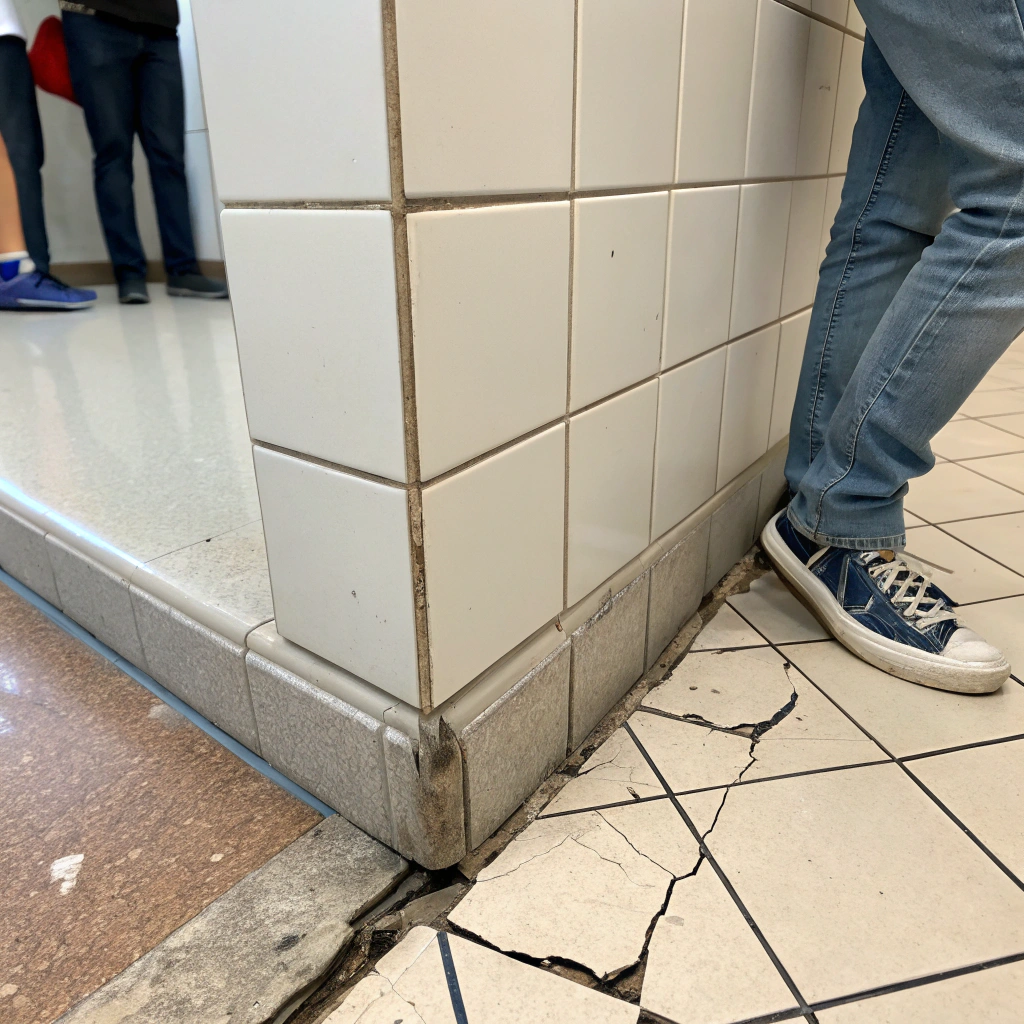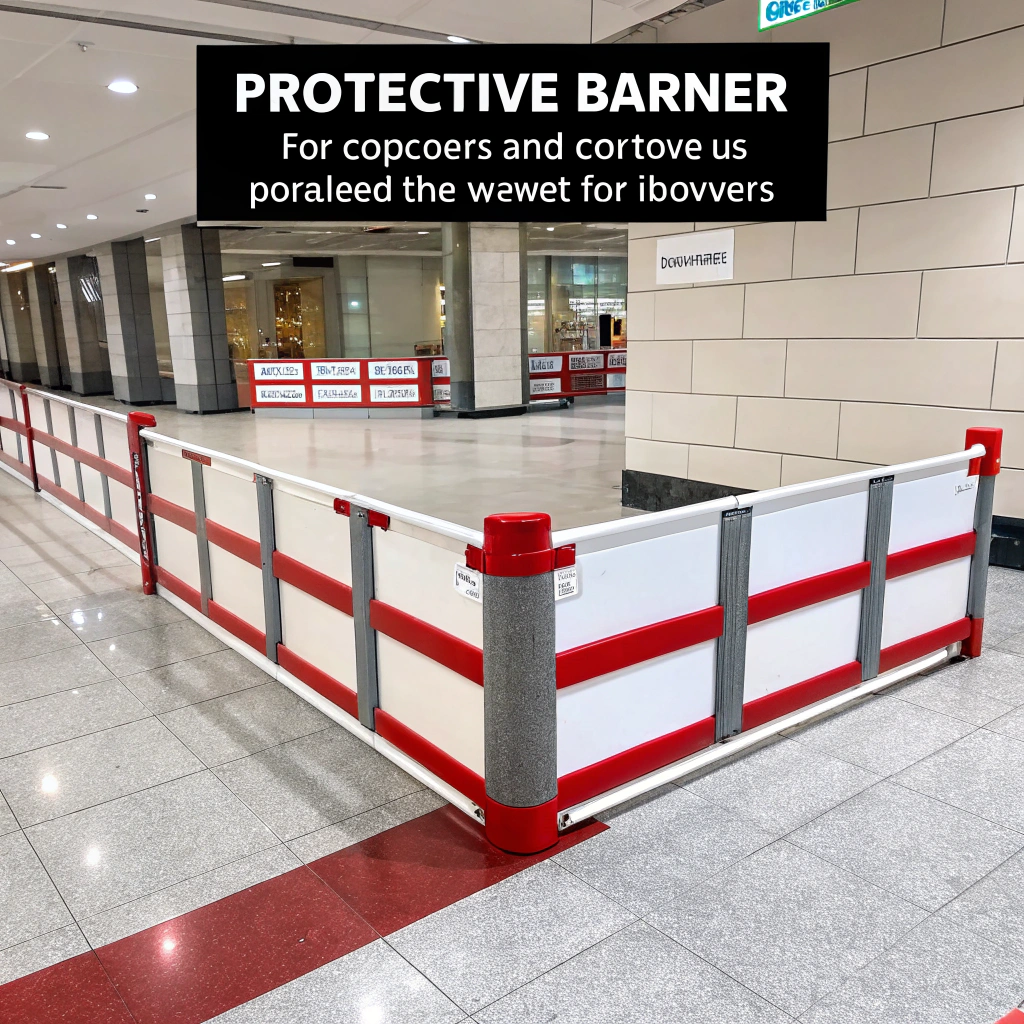Плиткове оздоблення: Розкіш чи необхідність для укладання плитки?

Tile projects can look stunning—until you forget the trim. Then everything seems unfinished. Is tile trim just for show, or is it a must-have?
Tile trim is more than decoration. It protects edges, hides imperfections, and completes the look. In many cases, it’s both necessary and stylish.
If you’re torn between cutting costs and cutting corners, understanding where and why tile trim matters will help you make the right decision.
When is tile trim purely decorative?
Sometimes, tile trim doesn’t serve a practical purpose. It just looks good—and that’s not always a bad thing.
Tile trim becomes purely decorative when it’s used on non-exposed edges or to add visual contrast without covering any raw tile edges.

For example, in a kitchen backsplash where the tile ends at a wall or cabinet, there’s technically no need for protection. The surface isn’t exposed to traffic or wear.
But here’s where trim comes in handy: style.
Decorative Use Cases for Tile Trim
| Area | Why Trim is Used |
|---|---|
| Kitchen backsplash | Adds color contrast or frames the tile |
| Accent walls | Highlights design without functional need |
| Decorative niches | Makes the edge look sharper and cleaner |
In these cases, trim becomes part of the aesthetic decision—like choosing a frame for a picture. You could go without it, but the finished look is more polished when it’s there.
I once tiled a powder room wall without trim, thinking it wasn’t necessary. But the unfinished edge bothered me every time I walked in. Eventually, I added a chrome trim. The difference? Night and day.
Tile trim can sometimes be used purely for visual enhancement.Правда.
In areas where tile edges are not exposed, trim is added mainly for aesthetic appeal.
Decorative tile trim is required by building codes.Неправда.
Most building codes don’t require tile trim unless it's for protection or safety.
When does tile trim prevent tile damage?
It’s not just about looks—trim can be the first line of defense against wear, moisture, and breakage.
Tile trim prevents damage by covering sharp, exposed edges and protecting them from chipping, cracking, or moisture intrusion.

In high-use areas—showers, floors, external corners—tiles are vulnerable. Trim helps absorb impact and keeps water out.
Practical Protection Scenarios
| Місцезнаходження | Common Risks Without Trim |
|---|---|
| Shower walls | Water damage, mold, cracked edges |
| Bathtub surrounds | Moisture infiltration under tile |
| Floor edges and steps | Chipping from foot traffic |
| Wall corners | Impact cracks from furniture or cleaning |
Most ceramic and porcelain tiles have a brittle edge. Once the glaze chips, water can seep in and cause issues over time. That’s why aluminum or PVC trims are often used in wet areas.
In my experience, skipping trim on a shower niche was a mistake. A year later, the edge tiles started to discolor and lift slightly due to hidden moisture. Adding a trim later helped, but the damage was already there.
Tile trim can protect tile edges from cracking and moisture.Правда.
Trim shields the edges from external damage and helps seal off moisture-prone areas.
Tile edges are always strong enough to handle impact without trim.Неправда.
Most tile edges are fragile and prone to chipping without additional protection.
Can tile trim improve overall tile aesthetics?
Yes, and this is where form meets function beautifully. Trim doesn’t just finish the edge—it frames the entire space.
Trim enhances tile aesthetics by adding contrast, depth, and a defined border that ties the design together.

Think of it like outlining a picture. Without the border, things feel a little… undone.
Style Options for Tile Trim
| Trim Finish | Effect on Design |
|---|---|
| Chrome | Modern, sleek, clean finish |
| Matte black | Bold and stylish; adds contrast |
| White PVC | Budget-friendly and blends with tiles |
| Brushed nickel | Neutral and elegant |
Using the right trim can elevate a simple subway tile wall into something designer-worthy. The trim can match the grout, contrast the tile, or echo fixtures like faucets and handles.
A good example: I did a bathroom using matte black fixtures and added black tile trim around the edges. It tied the entire space together, even though the tiles were plain white. Guests still ask who designed it. (Spoiler: me.)
Matching trim with fixtures can enhance visual harmony in a room.Правда.
Coordinating elements creates a cohesive, high-end design.
Tile trim is invisible and does not affect design aesthetics.Неправда.
Trim is visible and can significantly influence how a tile installation looks.
How to decide if tile trim is necessary?
Not every edge needs trim. But how do you know when to skip it and when to invest?
If the tile edge is exposed, at risk of damage, or part of a design feature, tile trim is necessary. If it’s hidden or protected, it’s optional.

Key Questions to Ask Before Skipping Trim
- Is the edge visible? If yes, trim adds a clean finish.
- Is it a wet area? Water = risk. Use trim to protect.
- Will people touch or bump into it? Corners and floors often need reinforcement.
- Does it improve the design? Even if optional, it might be worth it.
Think of tile trim as insurance for both function and style. It’s usually better to add it than to regret leaving it out.
Here’s a quick decision table:
Trim Decision Guide
| Умова | Is Trim Necessary? | Причина |
|---|---|---|
| Exposed shower niche | Так. | Water protection and visibility |
| Kitchen wall behind stove | Optional | Low traffic; mostly decorative |
| Outdoor tiled step edge | Так. | High impact and weather |
| Behind toilet wall tiling | Optional | Hidden from view and contact |
I’ve never regretted using tile trim. But I’ve definitely regretted not using it.
Trim is usually necessary for exposed or high-traffic tile edges.Правда.
These edges are more prone to damage and benefit from added protection.
Tile trim should never be used in bathrooms.Неправда.
Bathrooms are high-moisture areas where trim is especially useful.
Висновок
Tile trim isn’t just a luxury—it’s often a smart choice. It protects, finishes, and enhances your tile work. Whether for form or function, using trim helps you tile like a pro.



